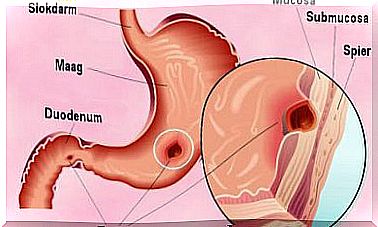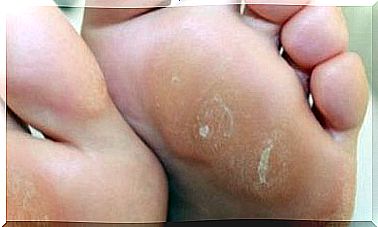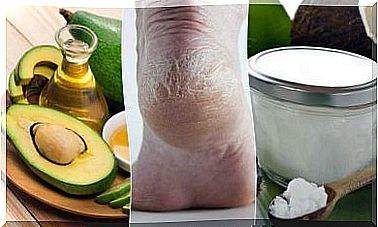What Is Septoplasty And What Does It Involve?
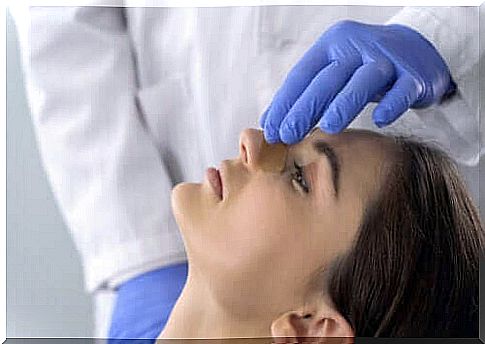
Septoplasty is a surgical procedure to repair the nasal passages and make breathing easier. It is an operation usually performed on patients with a deviated nasal septum, recurrent colds or sinus problems.
Septoplasty is also known as septal reconstruction. It is important to clarify that this is not an aesthetic procedure. Although it causes a change in the shape of the nose, the goal of the intervention is not to improve the appearance, but to prevent health problems.
What is Septoplasty?
Septoplasty is a corrective surgical procedure to straighten deviated nasal septum (Spanish link). The nasal septum should be in the middle of the nose. If it is not aligned correctly, then there is a risk that one of the nostrils will narrow. This, in turn, prevents normal airflow and causes breathing difficulties.
The presence of a deviated nasal septum is known as septal dysmorphism. It is a change whose origin can be innate or acquired.
In the first case, it is the result of intrauterine compressions, birth trauma, or changes in craniofacial development (Spanish link). In the second, it is due to trauma or change in balanced growth.
A nasal deformity can cause obstruction, especially oral breathing, predisposition to sleep apnea, and dry mouth. It is a problem that often results from allergies or narrow nasal passages.
What does this intervention entail?
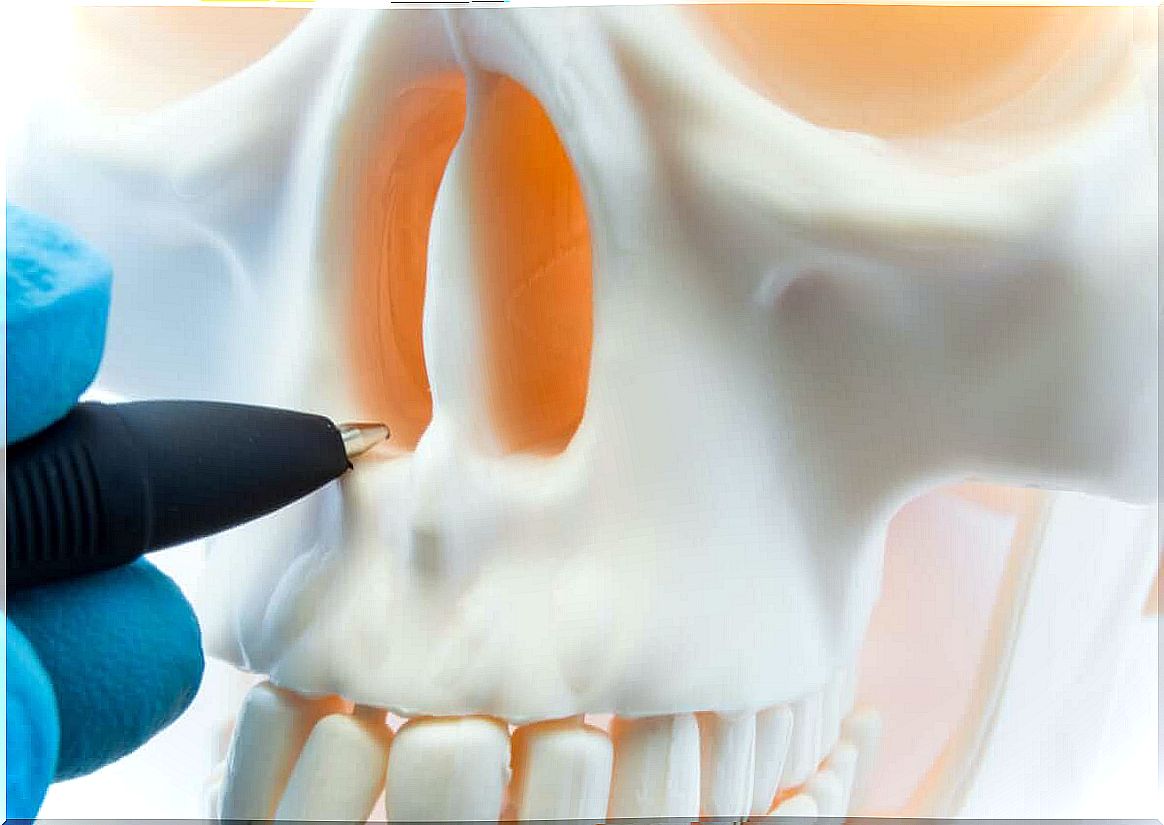
In most cases, septoplasty involves general anesthesia. It is an outpatient operation, which means that it does not require long-term hospitalization. The patient who will undergo this procedure will lie on his back on a stretcher. Their head should be placed above the torso, at about 30 degrees.
The procedure begins with vasoconstrictive and anesthetic infiltrations into the septal mucosa. This ensures proper dissection between the cartilage and bone. Then surgeons reposition the mucous membrane on the inside of the nose. In this way, they expose the tissue to be re-modelled.
In some cases it is necessary to remove small pieces of bone and cartilage. The next step is to put the mucosa back in place and close it with sutures. The surgeon will usually place a nasal plug for 48 hours so that no bruising or bleeding occurs.
Differences between septoplasty and rhinoplasty
In general terms, a rhinoplasty refers to any nose surgery (Spanish link). However, septoplasty and rhinoplasty are not the same. On the one hand, septoplasty aims to correct a dysmorphic septum and nasal wall. On the other hand, a rhinoplasty is intended to change the shape of the nose.
Rhinoplasty is an operation that changes the external nasal structure, improving its aesthetic appearance (Spanish link). Although it can help with the correct functioning of the nose in some cases, this is not the specific goal of the surgery.
So in conclusion, the main difference is that septoplasty has a medical origin and a rhinoplasty has an aesthetic and not a medical origin.
Before and after surgery: what should you pay attention to?
Before undergoing a septoplasty, you should talk to your doctor about how to prepare and what risks this may entail. You should have your medical history ready to answer any questions the doctor may have about your medical history.
Your doctor will perform a physical exam that will scan the skin on the inside and outside of your nose. The professional can take pictures that will serve as a reference during the upcoming surgery.
For this surgery, it is best not to take drugs such as ibuprofen or aspirin (Spanish link). They can make the bleeding worse.
If you smoke, your doctor will ask you to stop smoking days before surgery. The day before, you should also not eat too much or drink alcoholic beverages. After surgery you should keep the following in mind:
- Rest with your head a little higher.
- Avoid blowing your nose for a few weeks.
- Wear clothes that open and close at the front or back to avoid having to pull it over your head.
- Do not perform strenuous activities, such as aerobics.
- Avoid foods that are very hot and avoid alcohol.
- Do not smoke during the first months.
The recovery of septoplasty

The recovery time for a septoplasty is variable, but it’s important to follow your doctor’s directions to reduce complications. It is normal to feel a mild facial swelling, headache and nasal obstruction the first day after the septoplasty.
The discomfort is usually mild during recovery and can be easily controlled with oral pain medications. Congestion usually clears up after a week (Spanish link).
In general, your doctor will instruct you to rest for the entire day after surgery. To help relieve the swelling, you can apply cold compresses to your face without moistening your nose.
You are not allowed to take a bath or shower during the first 24 hours. After discharge from the hospital, you should follow your doctor’s instructions to clean the area.
If you have trouble breathing, heavy nosebleeds that won’t stop, you should call your doctor or go to the hospital. The same goes if you experience pain that won’t go away with painkillers, high fever and chills, disorientation, or a stiff neck.


